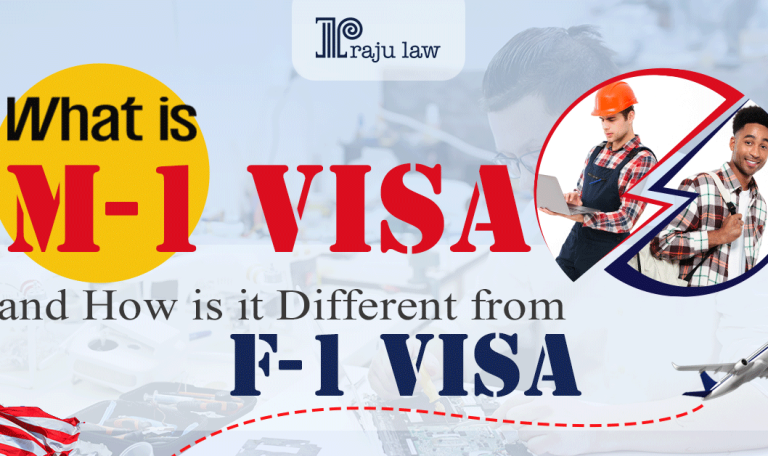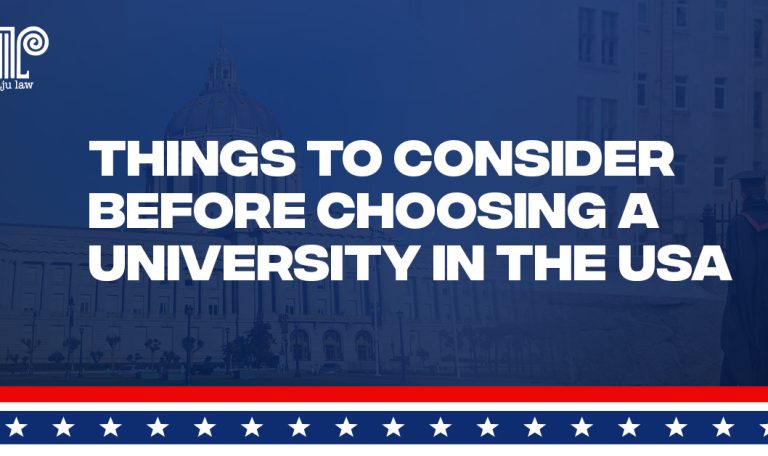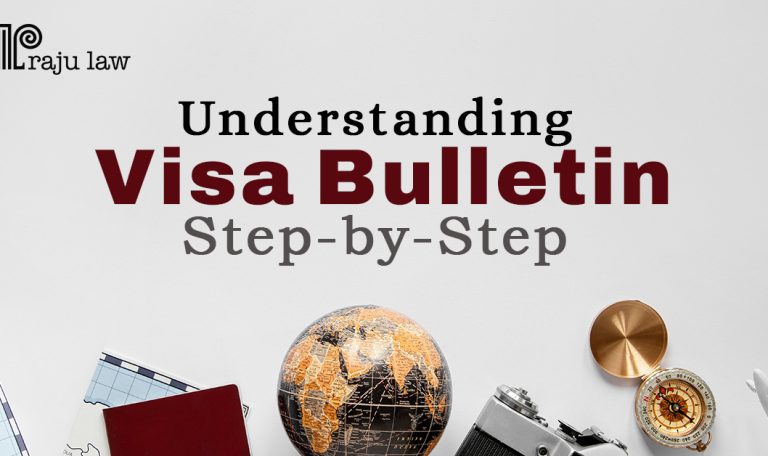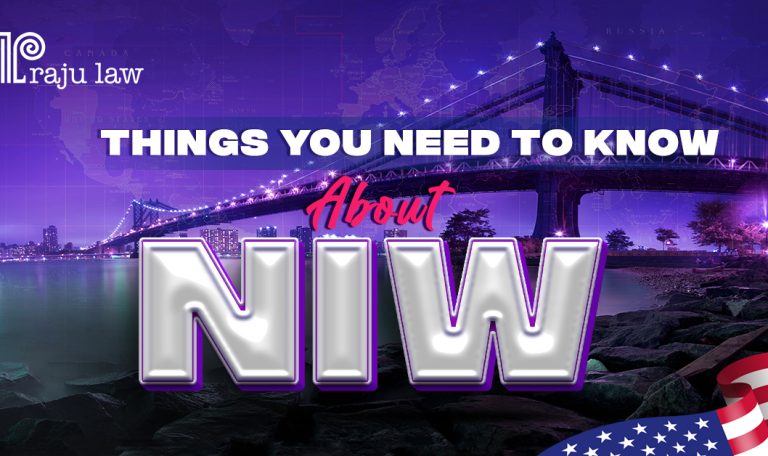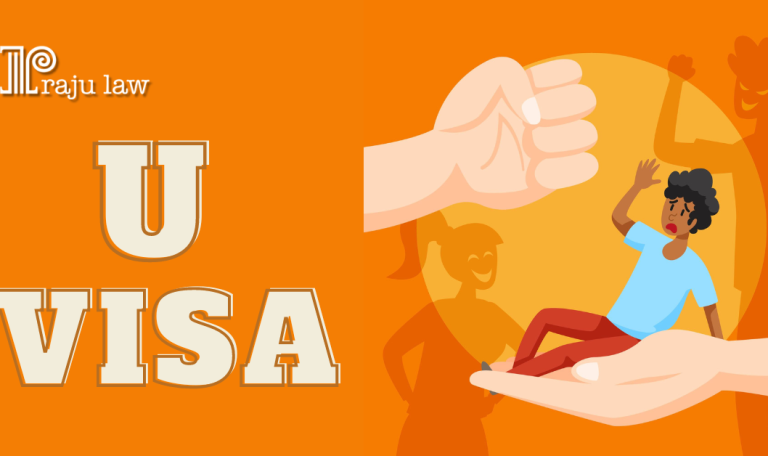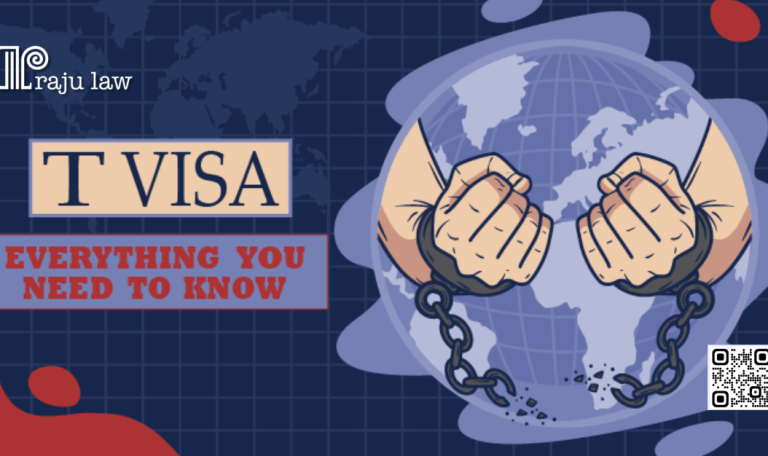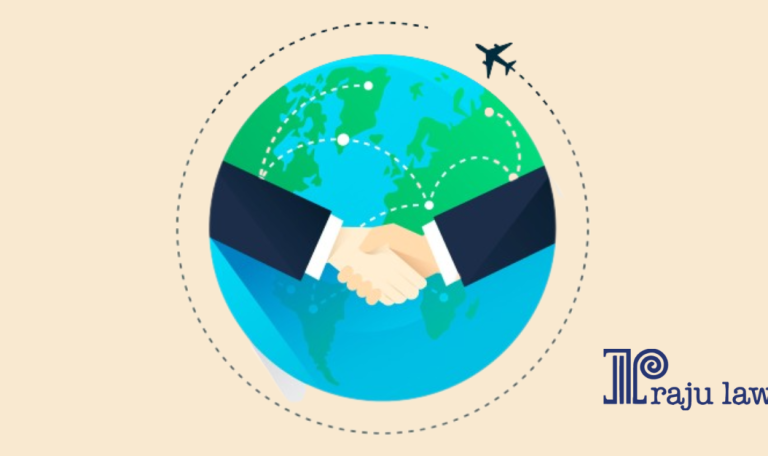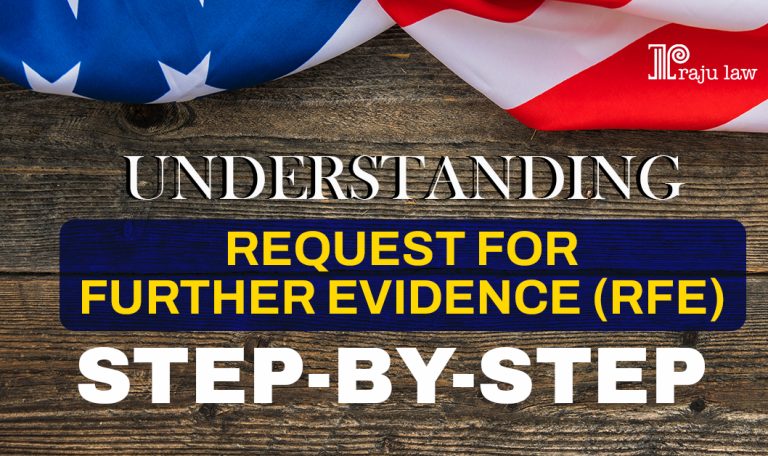
Understanding Request for Further Evidence (RFE) Step-by-Step
Request for Further Evidence (RFE) is a process in U.S. immigration cases, particularly in the context of visa applications and green card petitions. It occurs when the U.S. Citizenship and Immigration Services (USCIS) requires additional documentation or information to make a decision on your application. Here’s a step-by-step understanding of the RFE process: Submission of Initial Application/Petition: The process starts with you submitting your initial application or petition for a visa or green card. USCIS Review: USCIS receives your application and assigns it to an immigration officer for review. The officer examines your application, including the forms, supporting documents, and evidence you’ve provided. RFE Issuance: If the immigration officer determines that there is missing, incomplete, or insufficient evidence to make a decision on your case, they may issue an RFE. The RFE will be a written notice specifying what additional information or documents are required to continue processing your application. Receipt of RFE: You will receive the RFE notice by mail. It will outline the specific items you need to provide and set a deadline for your response. This deadline is crucial, as failing to respond or missing the deadline may lead to the denial of your application. Understanding the RFE: Carefully read and understand the RFE notice. It should clearly state the USCIS’s concerns and what information or evidence is needed to address those concerns. The RFE may also provide guidance on how to respond and where to send your documentation. Gathering Required Documents: Begin the process of gathering the requested documents and information. This might include birth certificates, financial records, marriage certificates, affidavits, or any other evidence specific to your case. Preparing Your Response: Compile a comprehensive and well-organized response to the RFE. Include a cover letter that references the RFE notice, lists the enclosed documents, and provides explanations or clarifications as necessary. Ensure that all documentation is accurate and up-to-date. Submitting Your Response: Send your response to the address provided in the RFE notice. It’s essential to submit your response before the specified deadline. USCIS typically provides a mailing label with the RFE notice, making it easier to route your documents to the appropriate department. Confirmation of Receipt: USCIS will acknowledge the receipt of your response. This typically occurs within a few weeks of submission. Keep the receipt notice for your records, as it serves as proof of compliance with the RFE. USCIS Review: Once USCIS receives your response, the immigration officer will review the additional evidence and documentation you provided. They will then make a decision on your case based on the complete record. Further Action: Depending on the outcome of their review, USCIS will either approve your application, issue a Request for Evidence (RFE) to request additional information, or deny your application. If approved, you will proceed with the next steps in the immigration process. Responding to an RFE is a crucial step in the immigration application process. It’s important to read the RFE carefully, gather the requested information promptly, and submit a well-prepared response

